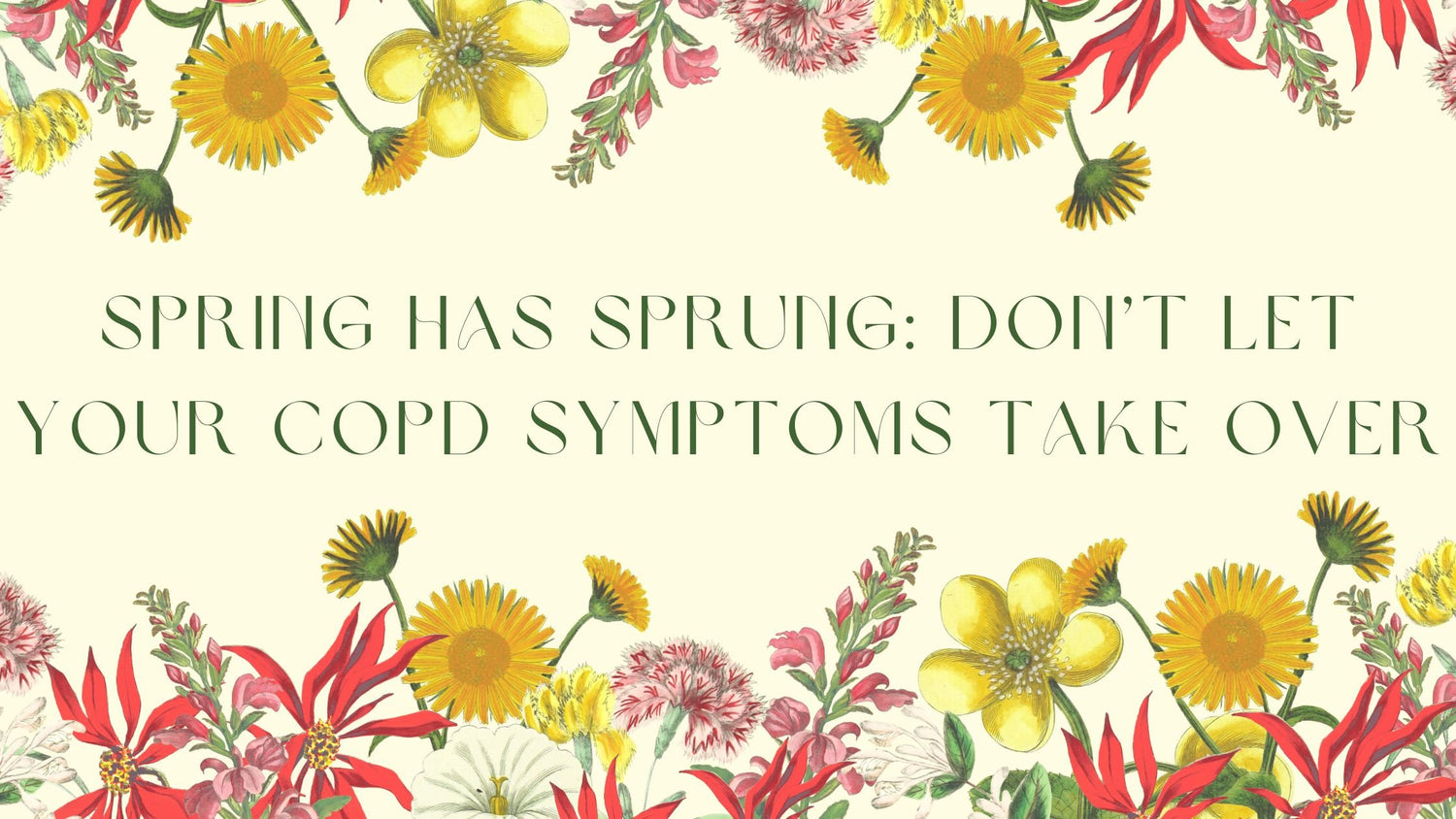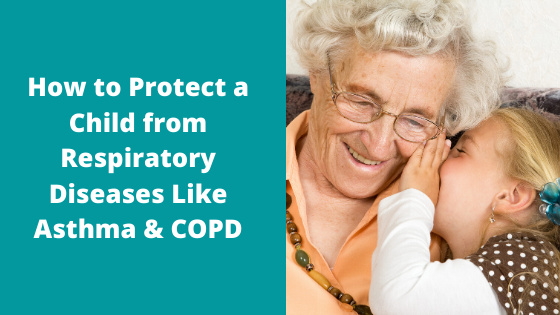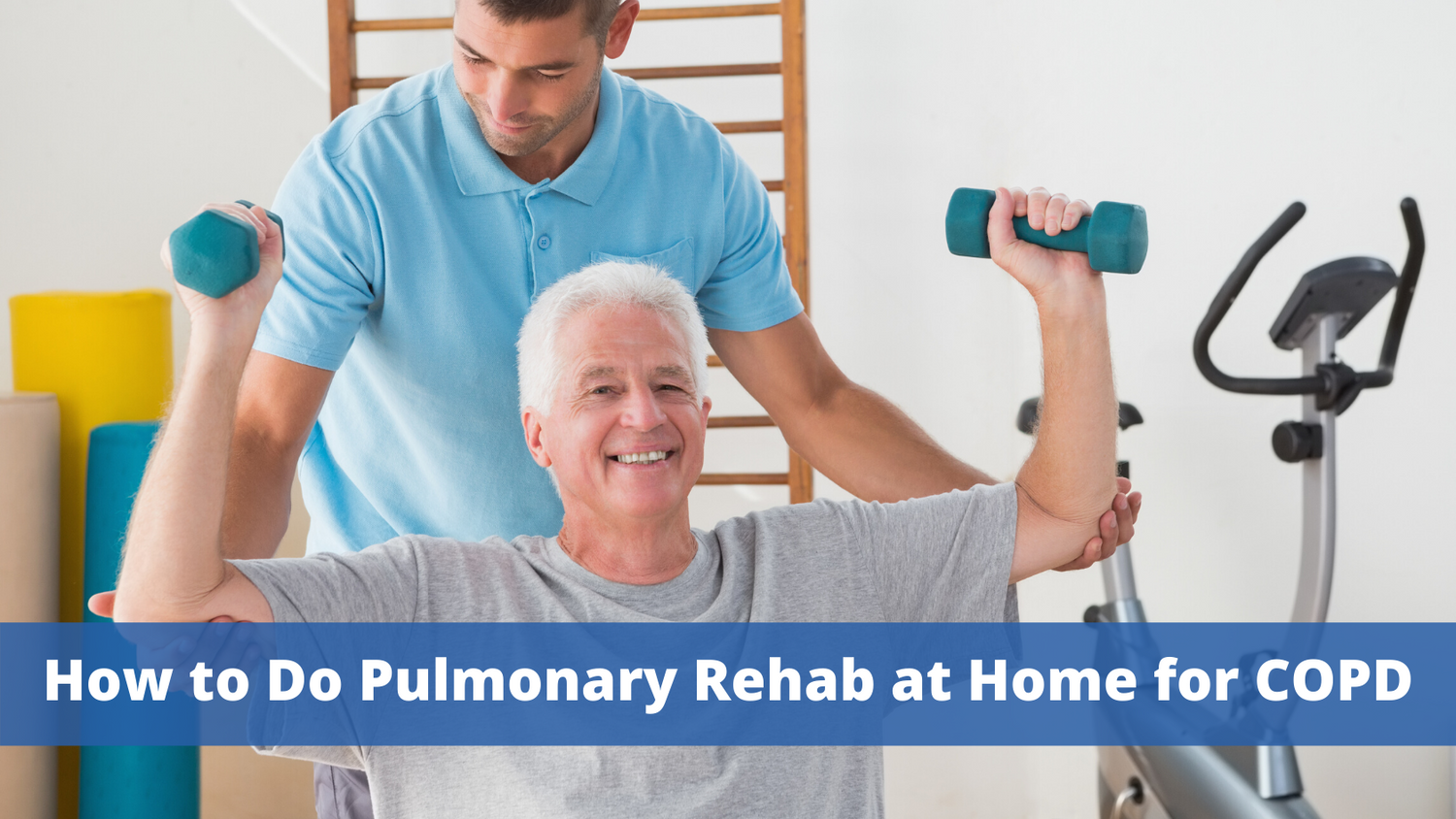Respiratory Resource Center - LPT Medical
Spring Has Sprung: Don’t Let Your COPD Symptoms Take Over
Chronic Obstructive Pulmonary Disease (COPD) is a chronic...
Read MoreHow to Protect a Child from Respiratory Diseases Like Asthma & COPD
If you are a parent or guardian, then...
Read More


